Overview
Map
Other Details
كنيسة مار سمعان العاموديّ
Ghosta
Keserwan
Mount Lebanon
كنيسة مار سمعان العاموديّ - عوسطاهي كنيسة البلدة الرعائيّة. أُتِمّت بسعي رئيس الجمهوريّة آنذاك الشيخ بشارة الخوري في خمسينيّات القرن العشرين. نمط البناء بازيليكيّ بسيط، مع واجهة نيوغوطيّة. تتميّز الكنيسة بمذابحها الثلاث وجرن عمادها من الرخام الأبيض المنحوت، كذلك ثلاث لوحات تعود لمدرسة الأرت ديكو.The church of St Simon the Stylite - GhostaThe church is Ghosa’s parish church. It was built with the aid of then president Sheikh Bechara el Khoury in the fifties of the XXth century. Its style is basilical with a neo gothic facade. The church holds three ornate white marble altars and a baptistery, with three art deco paintings.
Visited 2455 times, 28 Visits today



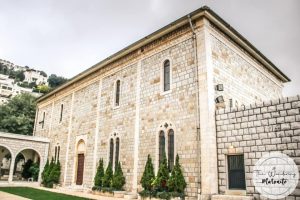
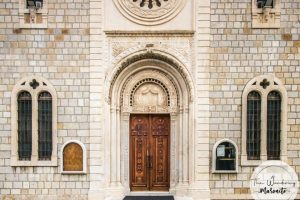
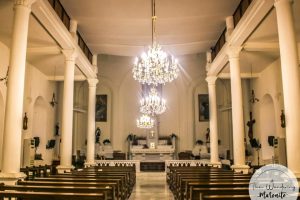
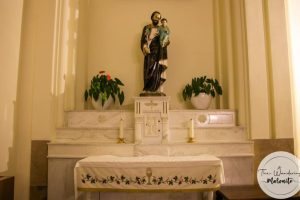
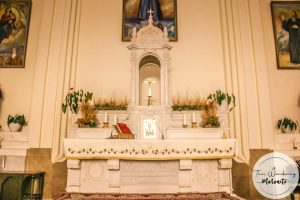
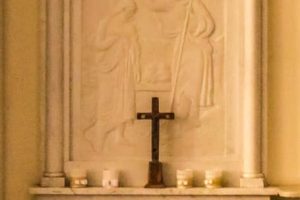
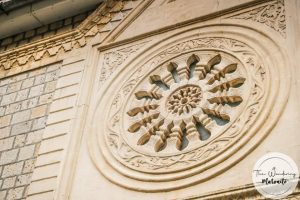
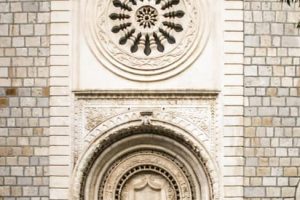
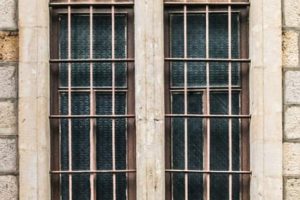









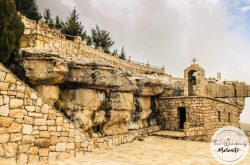
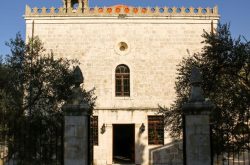

Reviews are disabled, but trackbacks and pingbacks are open.